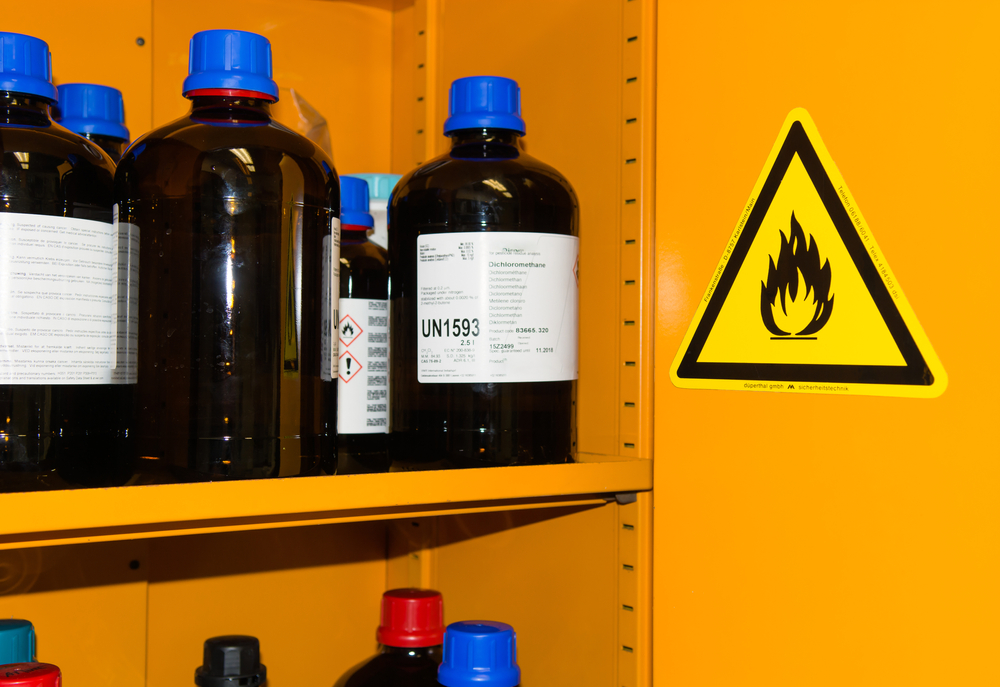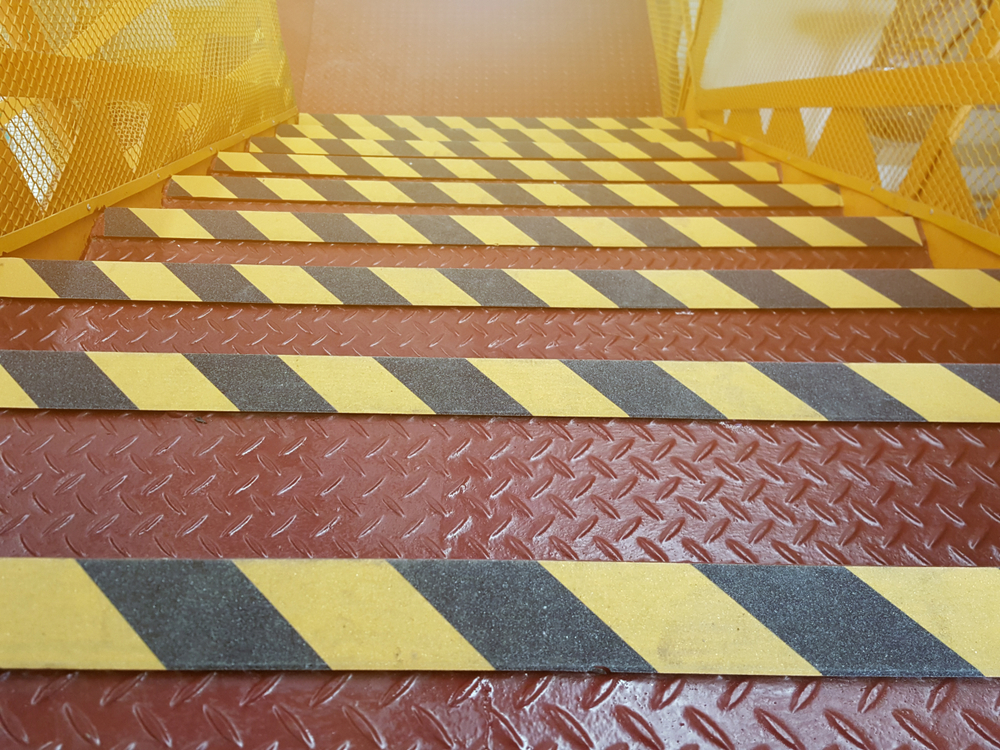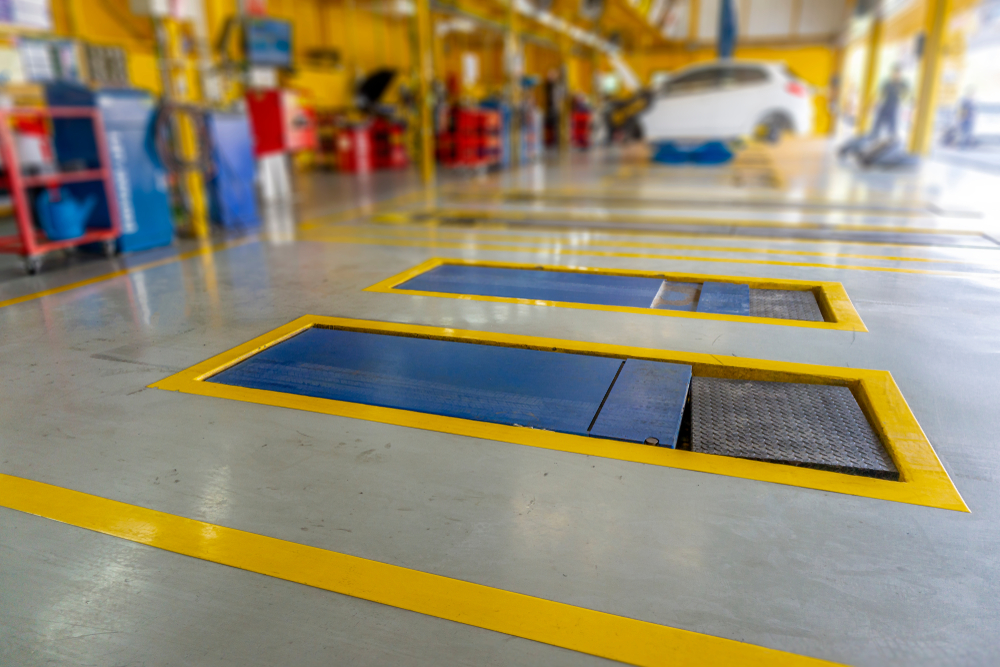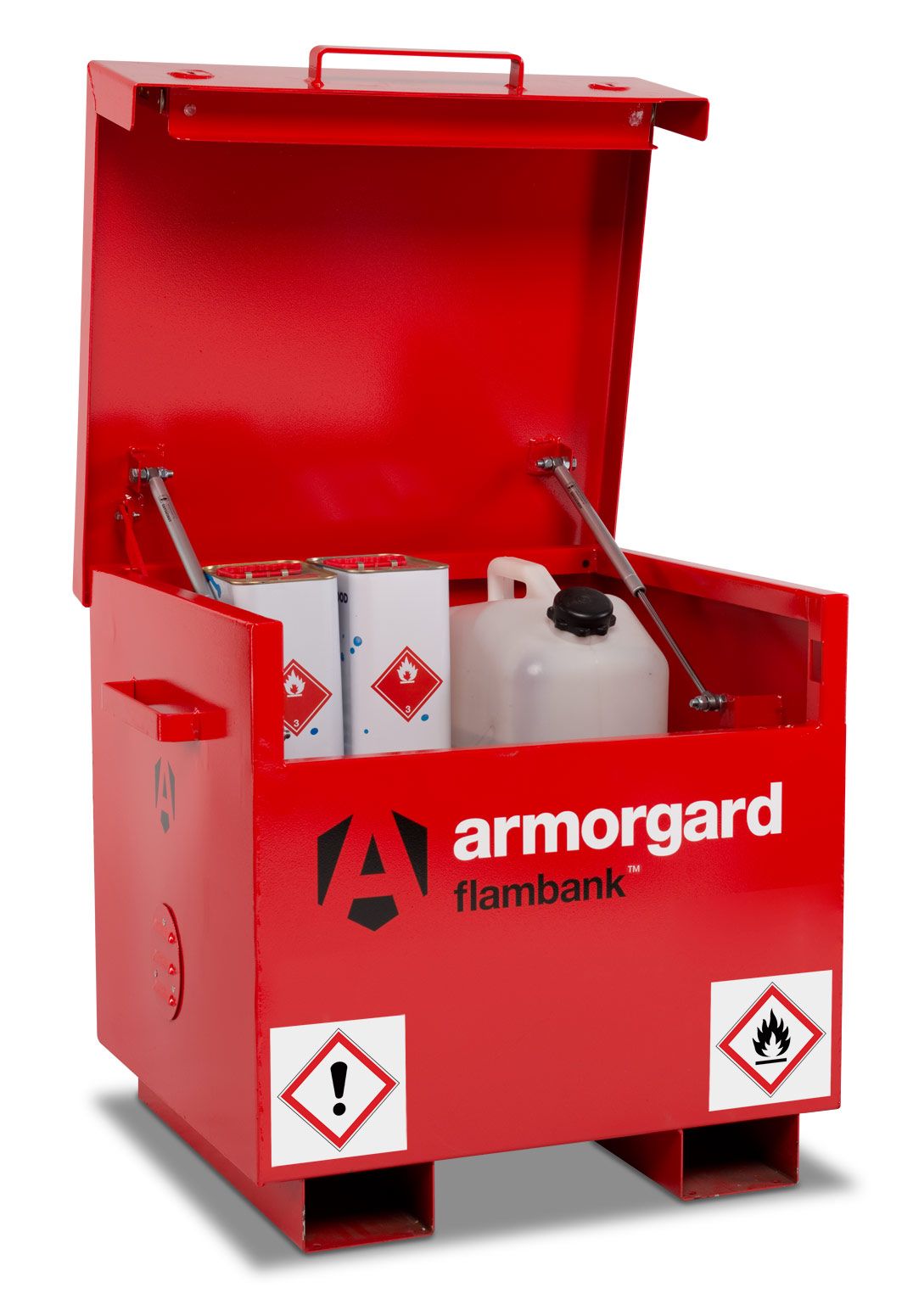In the manufacturing industry, the safe storage of chemicals is a paramount concern. Chemical storage cabinets serve a crucial role in this context, providing an organised and secure environment for potentially hazardous substances. These cabinets are specially designed to contain spills, prevent unauthorised access, and resist fire, offering an added layer of protection for both employees and the workplace.
However, their efficacy heavily relies on correct usage. Missteps in using chemical storage cabinets can lead to disastrous consequences, including chemical leaks, dangerous reactions, fires, and even explosions. This underlines the necessity for understanding and avoiding common mistakes associated with chemical storage cabinets.
Understanding chemical and hazardous storage cabinets
Chemical storage cabinets play a crucial role in maintaining workplace safety in the UK, particularly in environments that handle hazardous chemicals. Their primary purpose is to store these dangerous substances securely, minimising the risk of exposure, spills, and fire.
Various types of chemical storage cabinets cater to different kinds of chemicals. For instance, flammable liquids storage cabinets are made from materials designed to withstand high temperatures and resist combustion. Corrosive storage cabinets are built to house acids and other corrosive substances, utilising materials that resist corrosion and chemical deterioration.
Moreover, there are pesticide storage cabinets explicitly designed for pesticides and other toxic substances, and cylinder storage cabinets catered to the secure storage of high-pressure gas cylinders. Understanding the specific uses of these varied types is pivotal to ensuring safe and compliant chemical storage.
In the UK, regulatory standards and industry practices set by bodies like the Health and Safety Executive (HSE) and British Standards Institution (BSI) are in place to guide the safe usage of these cabinets. These standards and guidelines cover aspects such as cabinet design, placement, operation, as well as spill response and emergency procedures.
Compliance with these standards is not just about fulfilling legal obligations but is a crucial step towards ensuring a safe working environment. Misunderstanding or disregarding these guidelines can lead to severe workplace accidents, underscoring the importance of awareness and education about the proper use of chemical storage cabinets.
Common mistakes in chemical storage
Despite the critical role that chemical storage cabinets play in safety, common mistakes can undermine their effectiveness, leading to dangerous situations. Here are a few examples:
Overstocking cabinets: One common error is overstocking the cabinets with chemicals. While it might seem practical to store as much as possible in a given space, overstocking can lead to increased risks. It hinders the ability to quickly identify and access chemicals during emergencies, and it can also exert undue pressure on the cabinet, compromising its structural integrity.
Storing incompatible chemicals together: Not all chemicals are compatible. When certain chemicals come into contact with each other, they can react, potentially causing explosions, fires, or toxic fumes. However, it is common to find cabinets where incompatible chemicals, like acids and bases, are stored together, thus creating a potentially hazardous environment.
Inadequate ventilation: Some chemical storage cabinets require ventilation to prevent or control the accumulation of harmful fumes. However, improper ventilation or a complete lack thereof can lead to an increase in the concentration of toxic fumes, presenting a risk to health and safety.
The consequences of these mistakes can be severe. Overstocking can lead to spills or leaks, making chemical handling riskier. Mixing incompatible chemicals can result in violent chemical reactions, while inadequate ventilation can cause a buildup of both hazardous materials and fumes. Each of these scenarios endangers not only the immediate staff but can also result in significant damage to the infrastructure and potential legal liabilities.
Best practices for chemical storage in manufacturing
To avoid the common mistakes discussed above, adopting a set of best practices is crucial when using a chemical storage cabinet.
Addressing overstocking: Overstocking can be avoided by strictly adhering to the capacity limits specified by the cabinet manufacturer. Inventory and shelves should be regularly checked, obsolete or expired chemicals should be safely disposed of, and only necessary amounts of chemicals should be stored. This practice ensures easier access to chemicals, reduces risks associated with overcrowding, and maintains the cabinet's structural integrity.
Storing incompatible chemicals separately: Chemicals should be properly segregated according to their compatibility groups. Incompatible chemicals should be stored in separate cabinets or, if they must be in the same cabinet, separated by a non-combustible, leak-tight tray or shelf. Using resources like Material Safety Data Sheets (MSDS) can aid in determining which chemicals are incompatible.
Ensuring proper ventilation: While not all cabinets require ventilation, when it is necessary, it should be done correctly. The cabinet should be ventilated to the outside and meet local fire codes and regulations. Regular inspections should also be done to ensure the ventilation system is functioning correctly.
Storage cabinets: Chemical storage cabinets often come with several safety features designed to enhance their protective functions. For instance, self-closing doors ensure the cabinet is never accidentally left open, while integral sumps help contain spills. To maximise the benefits of these safety features, they should be maintained properly and used correctly.
Ensure effective labelling: Proper labelling and categorisation of chemicals are key to safe storage. Each chemical should be labelled clearly with its name, hazard class, and any other necessary safety information. This helps workers identify chemicals easily, preventing dangerous mix-ups and facilitating the correct response to spills or leaks.
Training: Proper staff training can play a significant role in avoiding common mistakes. Workers should be educated on the correct use of storage cabinets, potential risks associated with various chemicals, emergency procedures, and how to identify and respond to potential issues. Ongoing training helps ensure that safety protocols keep pace with changes in regulations, chemicals in use, and advances in safety technology.
The role of regular maintenance and inspection
Maintaining the safety of a chemical storage cabinet is not a one-time effort. It requires regular maintenance and inspection to ensure they remain in optimal condition and perform as intended. This involves examining the cabinet's physical structure for any signs of wear or damage, checking door seals and locks, and ensuring ventilation systems, if present, are functioning properly.
Signs of potential problems could include rust or corrosion, deteriorating door seals, difficulty in opening or closing doors, or a noticeable smell of chemicals indicating possible leaks. Ignoring these signs can lead to more significant issues over time, including chemical leaks or a compromised ability to contain a fire.
Regular inspections should be documented and any identified issues promptly addressed. By staying vigilant and proactive, businesses can significantly reduce the risks associated with chemical storage and maintain a safe work environment.
Adherence to UK Guidelines
It is paramount for businesses dealing with dangerous substances to conform to UK and European regulations, where hazardous storage cabinets are instrumental in achieving these standards. For instance, cabinets under the Control of Substances Hazardous to Health (COSHH) regulations are used to safely store and manage harmful materials or cleaning products. They are designed to encapsulate potential risks associated with hazardous substances.
Grasping legal obligations
Understanding the legal obligations for storing hazardous materials means becoming acquainted with related regulations, such as the COSHH, Dangerous Substances Directive (DSD), and Dangerous Preparations Directive (DPD). COSHH is designed to protect the health and safety of employees by controlling hazardous substances.
COSHH cabinets are a regular sight in many diverse work environments, including laboratories, hospitals, schools, factories, and other workplaces dealing with hazardous substances. The Health and Safety Executive website provides further information about COSHH.
Achieving compliance with hazardous storage cabinets
Achieving compliance with hazardous storage cabinets necessitates choosing the correct cabinet type, size, and features, and also adhering to the right use and maintenance procedures. As part of this, it is crucial to follow COSHH guidelines. These regulations stipulate specific limitations on stored substances, structural features for the cabinets, and clear labelling requirements.
By choosing the right cabinet and following correct usage and maintenance procedures, businesses can ensure their hazardous storage cabinets meet regulatory requirements, providing optimal safety and compliance.
Hazardous storage cabinets are essential for ensuring safe and efficient operations in manufacturing businesses handling hazardous materials. By understanding the various types of cabinets, their essential components, and the laws governing their use, businesses can choose the most suitable cabinet size and style for their needs. Proper usage and maintenance of these cabinets, in tandem with adherence to UK and European regulations, will aid in safeguarding employees, the environment, and the business as a whole.
SafetyBuyer offers a wide range of hazardous storage cabinets to suit all workplace requirements. If you have any questions, do not hesitate to get in touch with us on 0800 043 0161, or email us at sales@safetybuyer.com.
 Over 12,000
Over 12,000  Simple no quibble
Simple no quibble  Prompt dispatch &
Prompt dispatch &  UK Mainland Delivery
UK Mainland Delivery 













